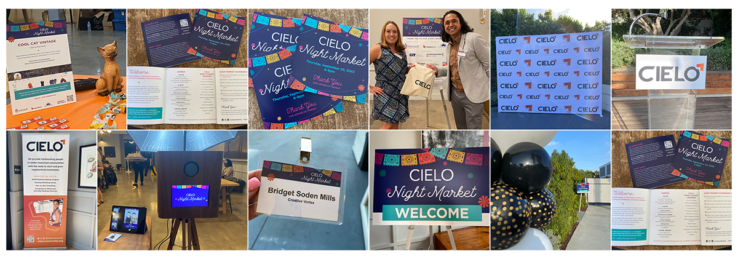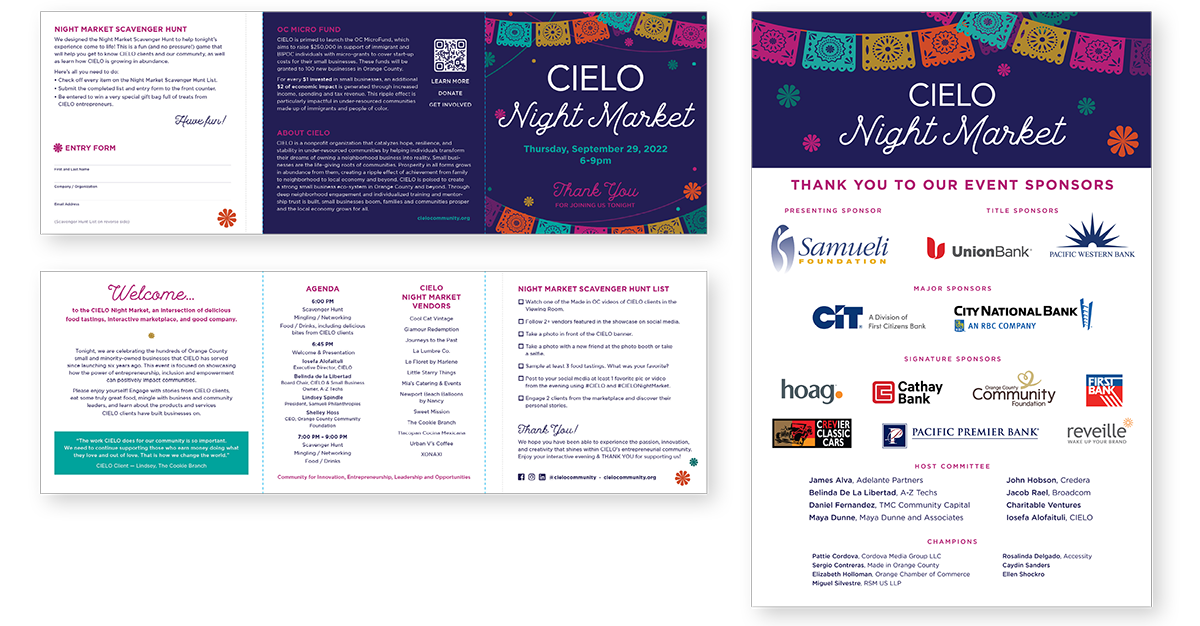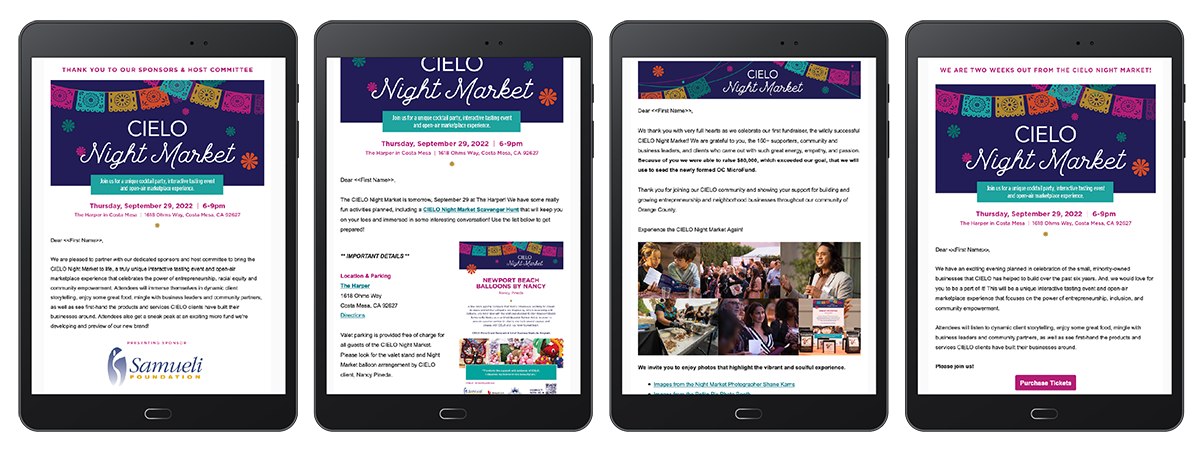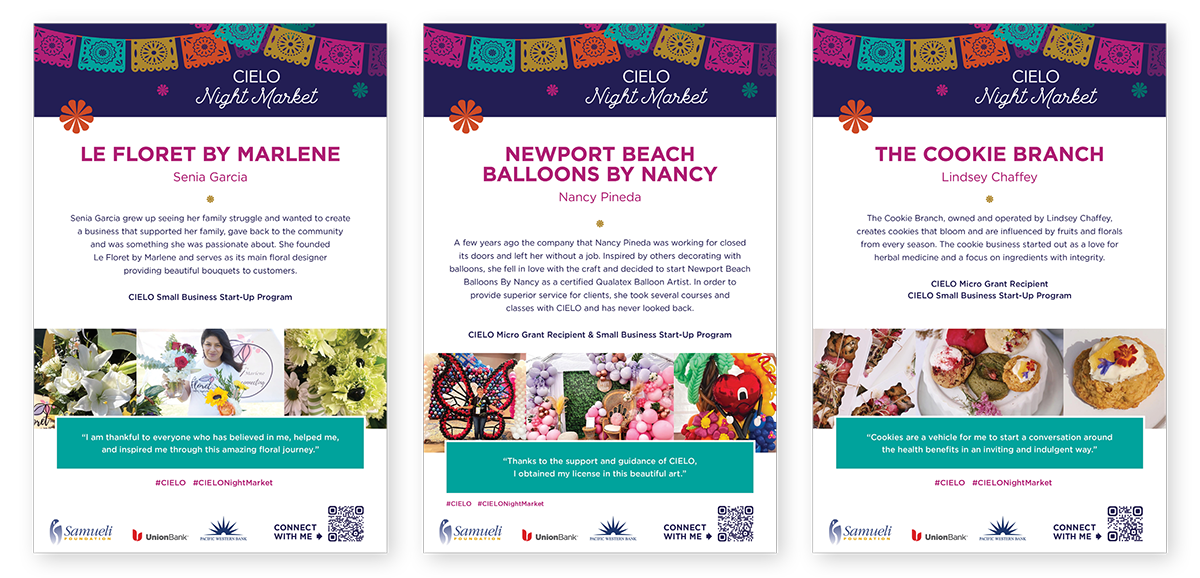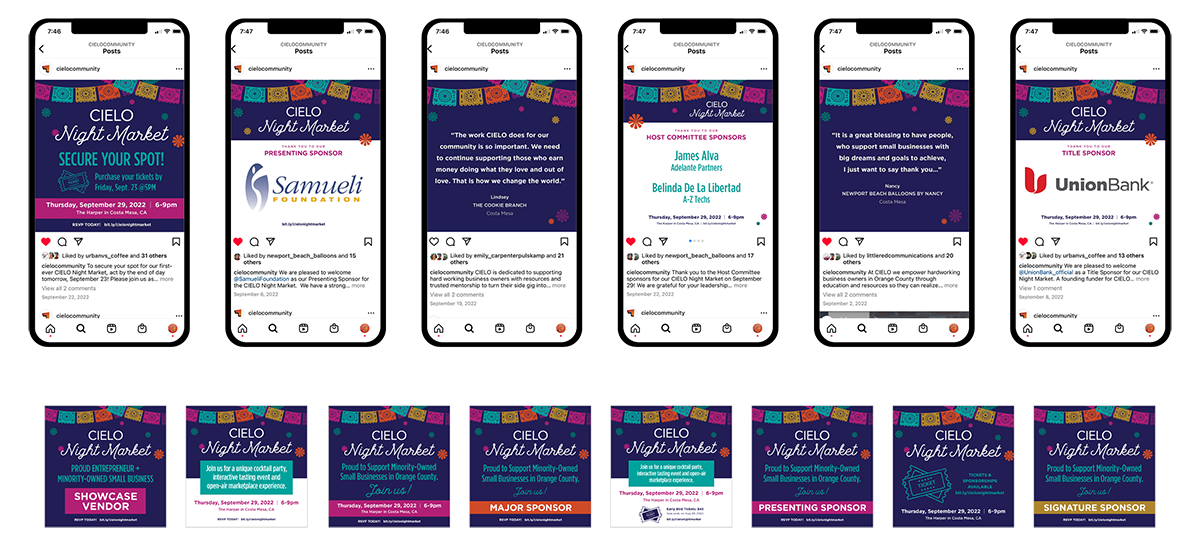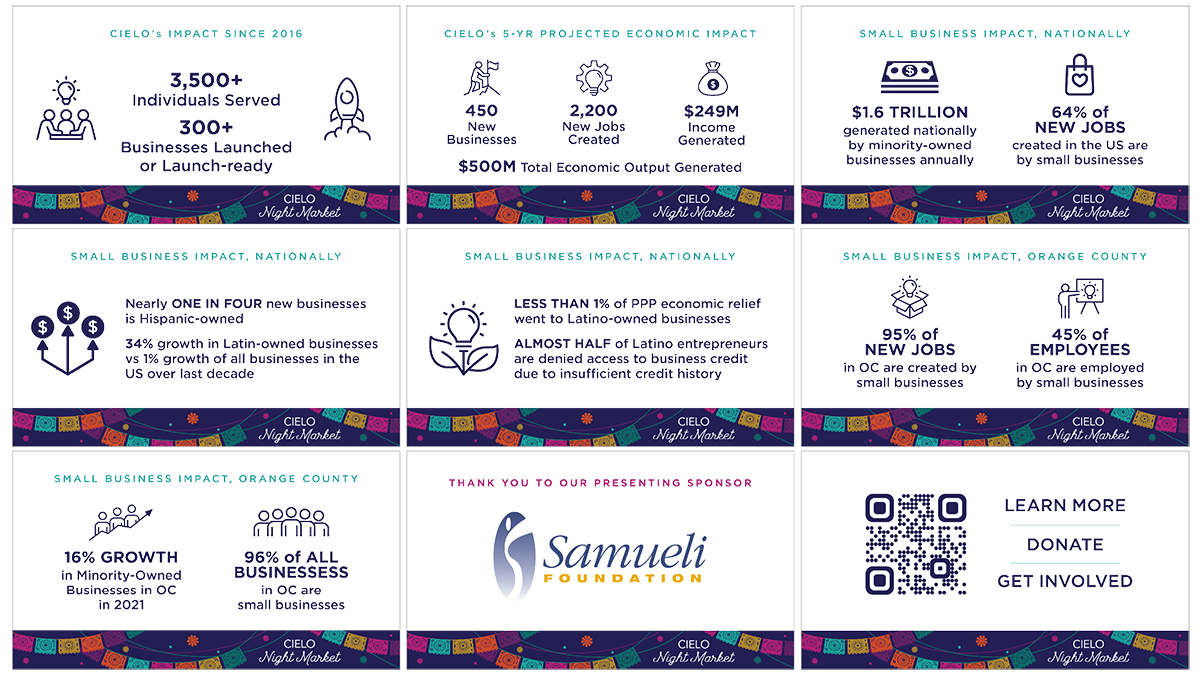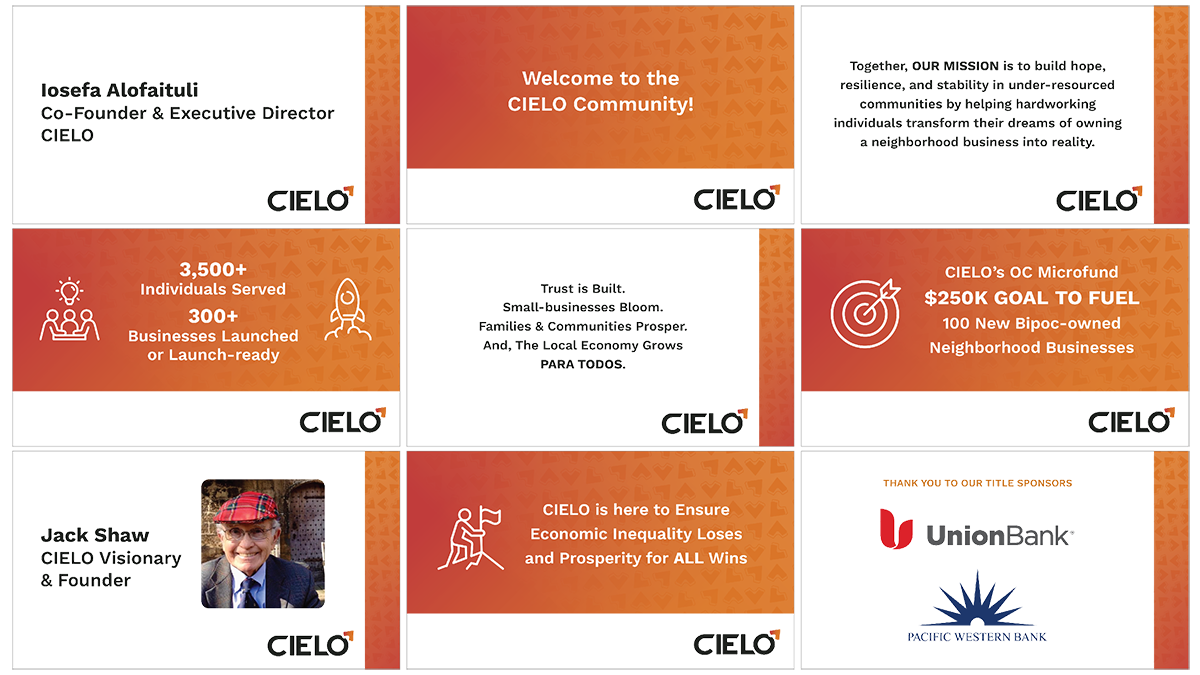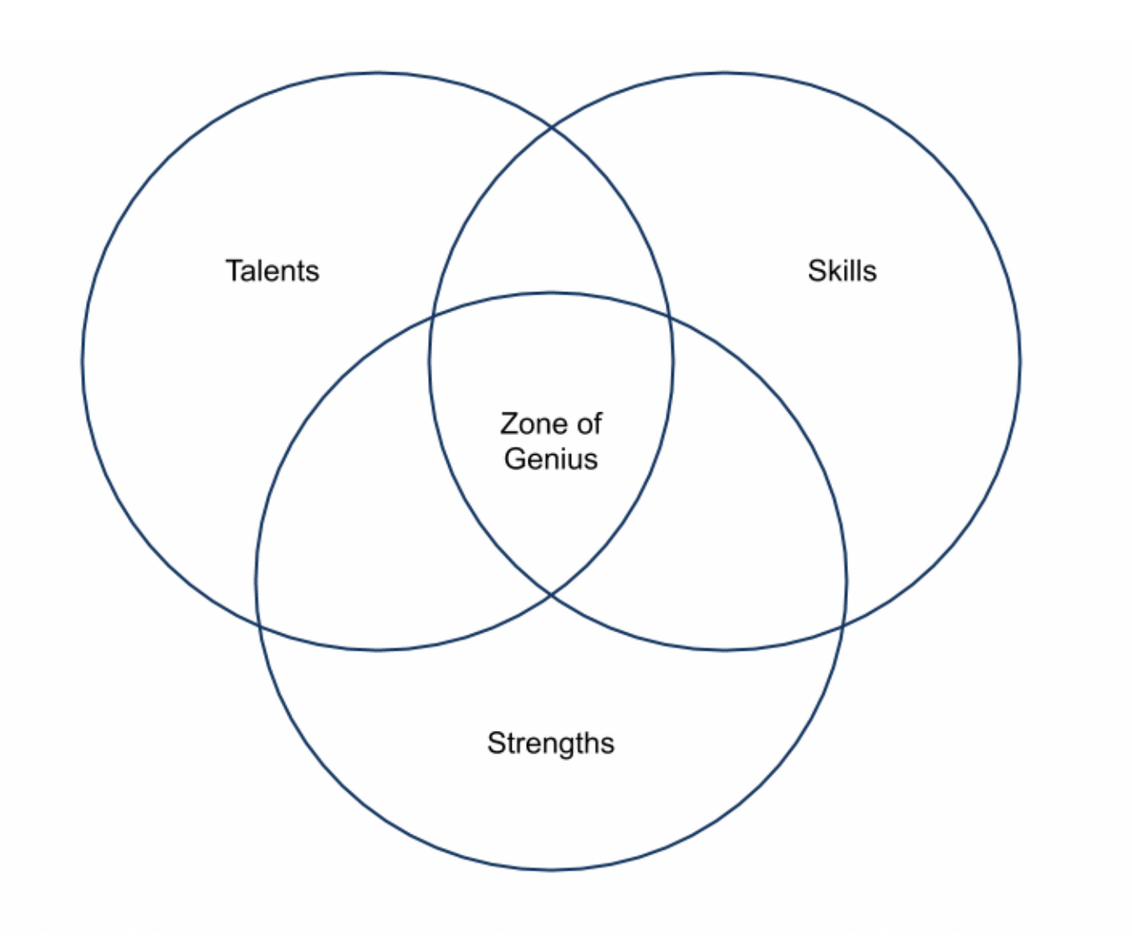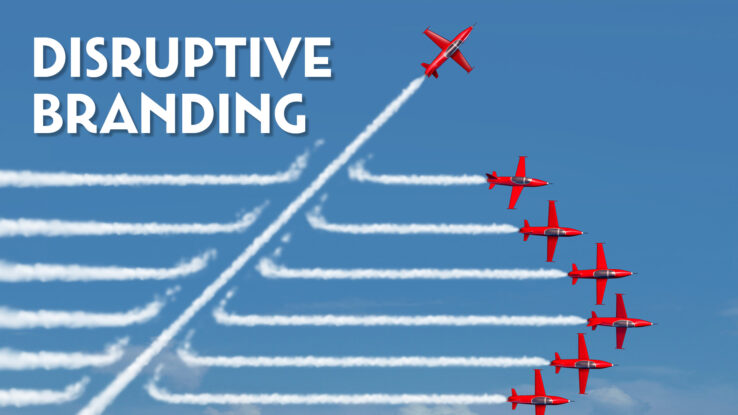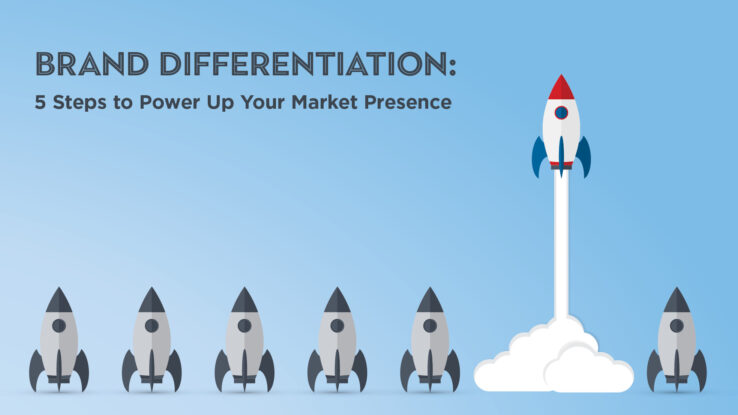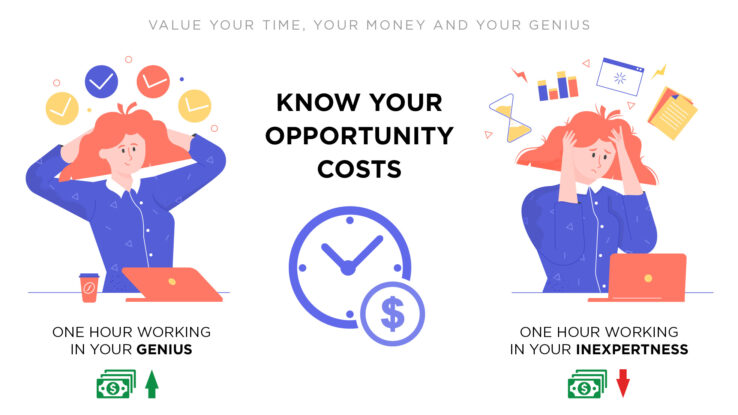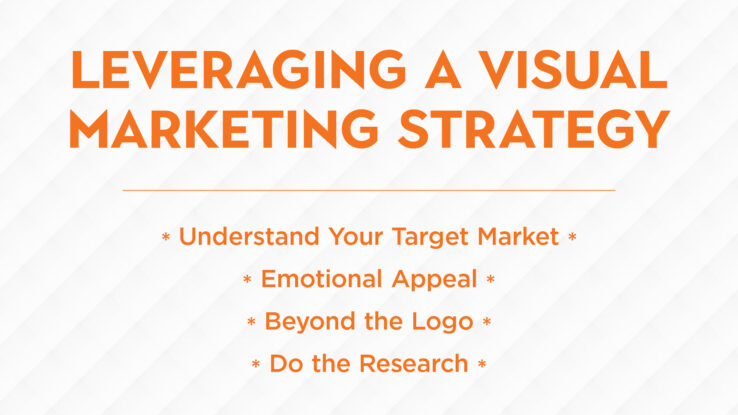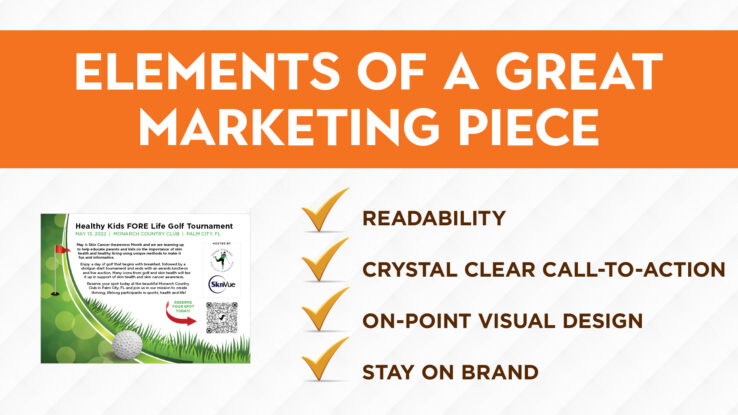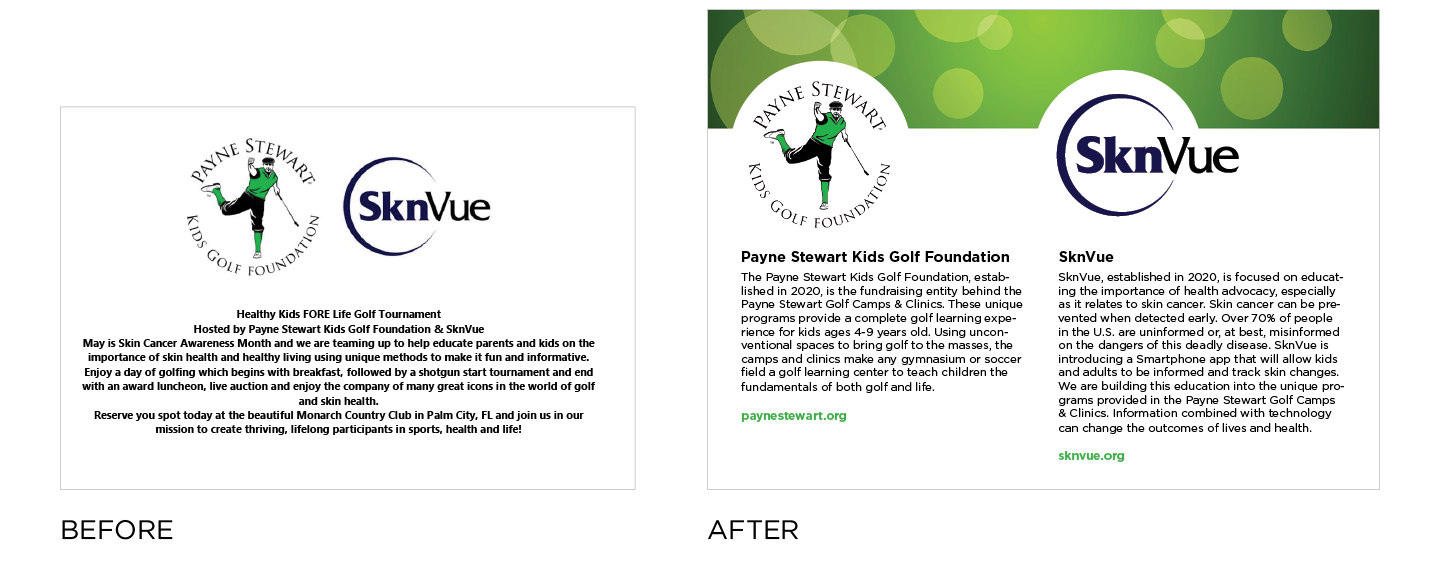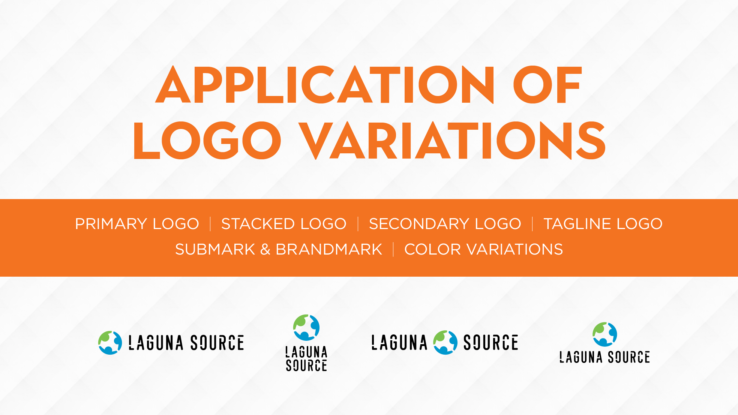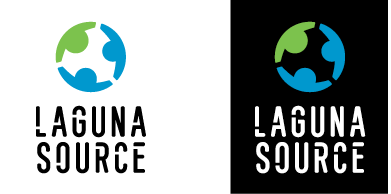The year is still pretty new and, personally, I am still working some kinks out! This made me think about being a small business owner and how over the past 16 years I have learned some lessons on how to be successful. In the spirit of wanting to support the next generation of up-and-coming entrepreneurs and solopreneurs, I have listed my top five hacks for making it.
1. Focus on Meaningful Projects
Make sure you are investing your time in projects that have real potential for making it to the launch pad. Your success is based on the success of your clients and putting a lot of time into a project that isn’t well researched, funded or doesn’t have a real strategy could mean a big waste of time and effort, as well as a paycheck that doesn’t materialize.
2. Free Up Your Time with Technology
Typically, entrepreneurs and solopreneurs are trying to wear a lot of different hats to save money. But make sure, you are saving TIME too! Use technology to automate your billing, manage your calendar, organize your projects and meetings and even support your actual work. Four of my favorite pieces of technology include:
- Dropbox – file sharing and storage
- Asana – project management
- Office Time – time tracking
- Keeper – password management and sharing
It is also important to note that you should limit time spent surfing social media to less than 60 minutes per day. Nothing kills productivity more than getting sucked into mindless scrolling!
3. Leverage Your Network
Use your network to find clients, talk through best practices, support client work and, most importantly, open doors. Don’t be afraid or embarrassed to ask them about anything and everything. Most times people want to help and love it when asked for a resource or opinion. Just make sure to reciprocate the support in the future!
4. Be Smart About Meetings
There is no doubt that meetings are a necessary part of running and building a business but be smart about it. Here are few recommendations:
- Only go to the part of the meeting you need to be a part of
- Use Zoom to cut back on travel time
- Limit the number of meetings per day
- Be prepared and have an agenda
- Be clear about your availability
- Have a firm start and a hard stop
5. Take Real Breaks
We all need to recharge our batteries at some point. So, whether it be a daily work out, meditation session, lunch, or vacation, be sure to take time to shut the laptop and silence the phone notifications. Even taking 30 minutes a day to go outside for a walk or to sit in the sun goes a long way in keeping you mentally sharp to handle all ups and downs of small business ownership.
So, there you have it! Let me know if you need any more small business hacks.


